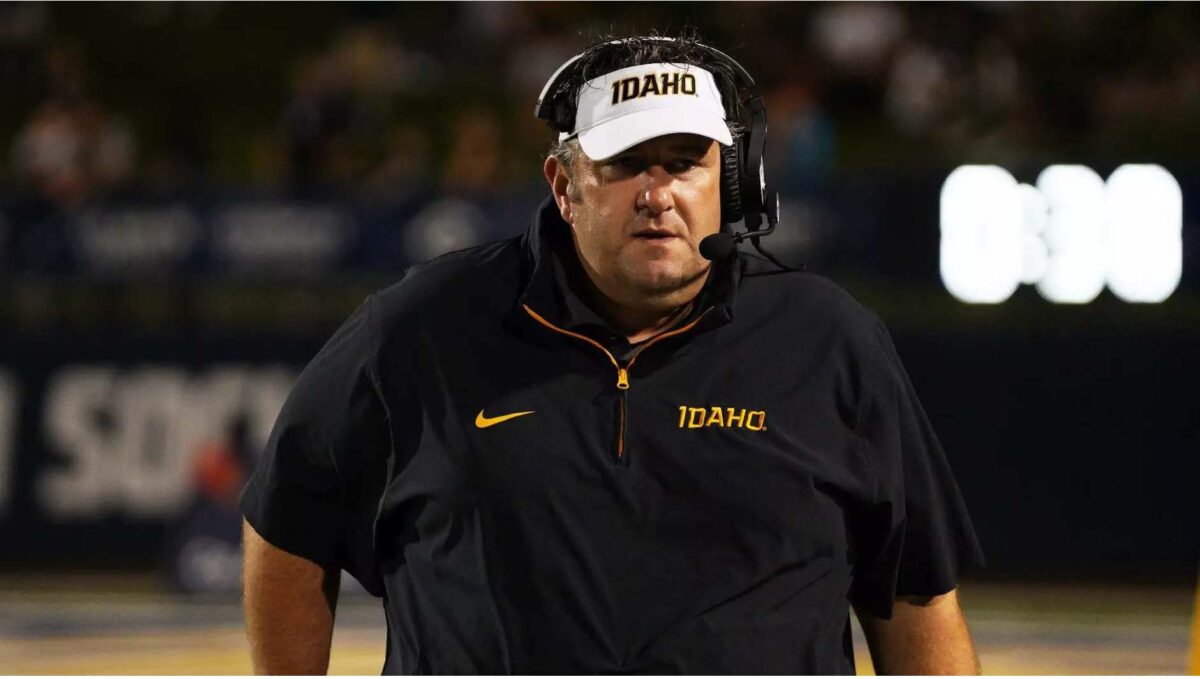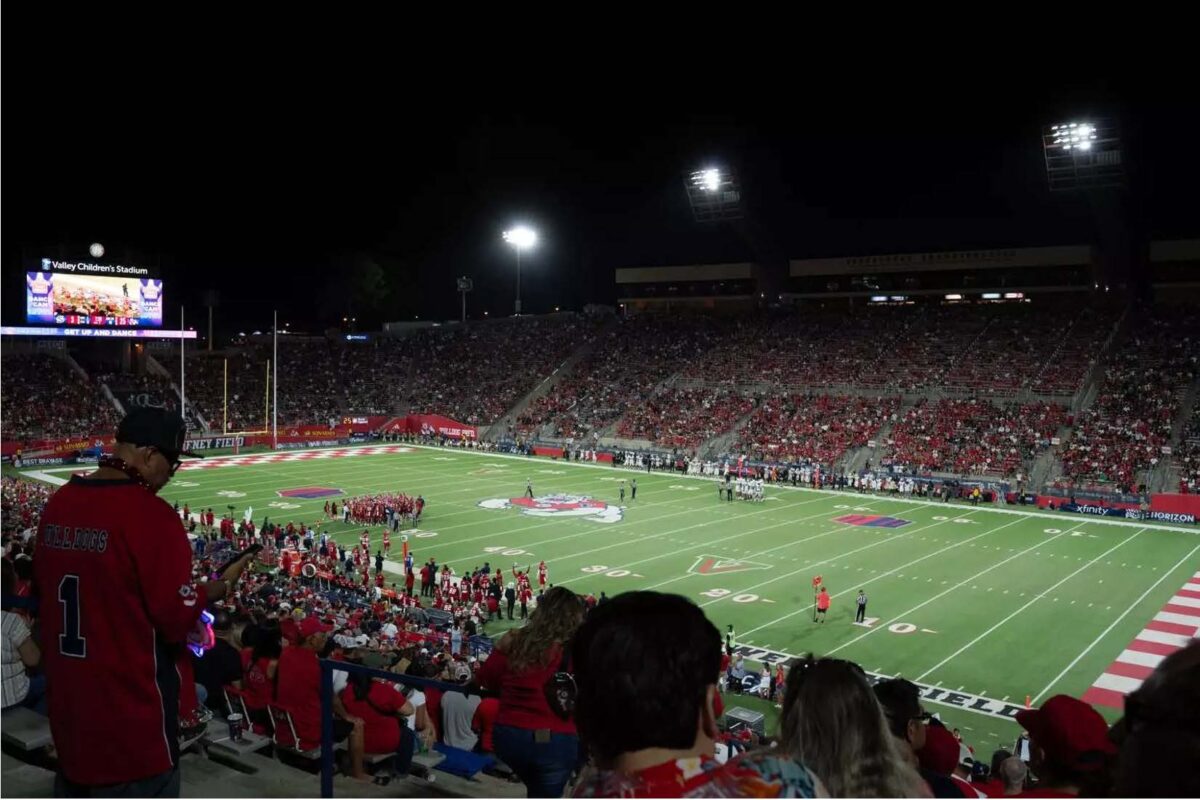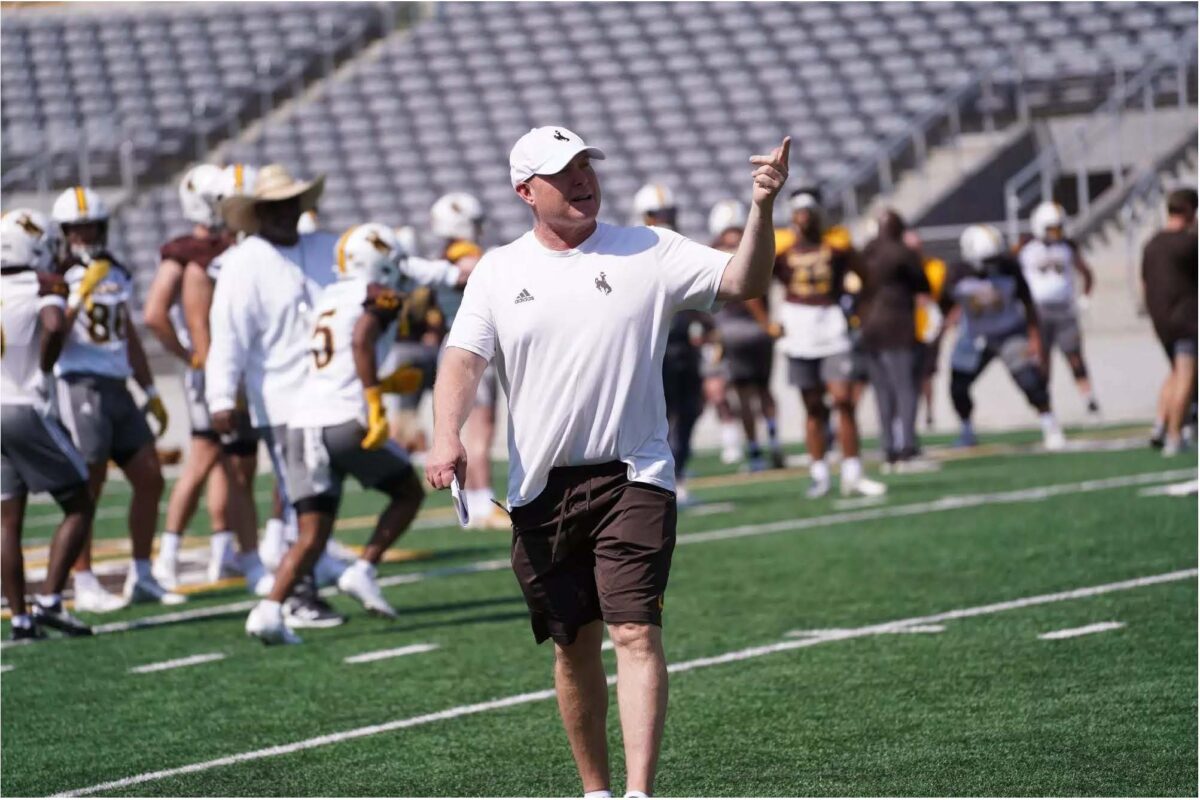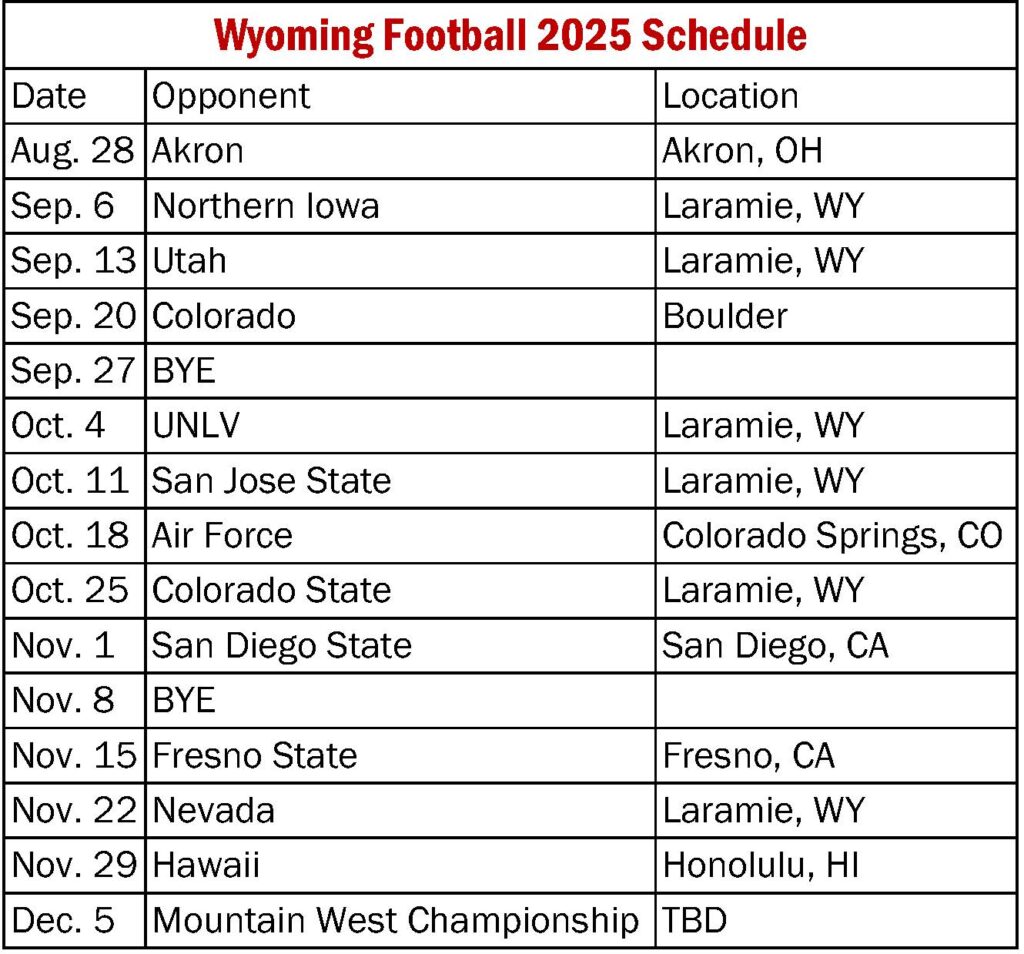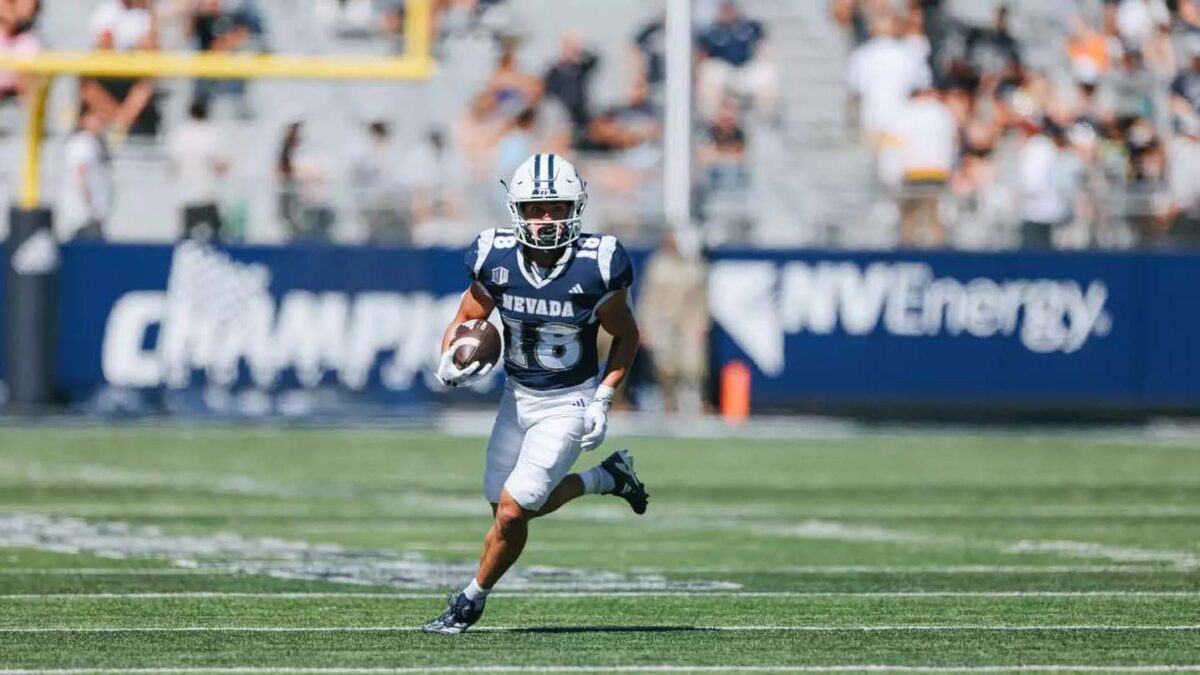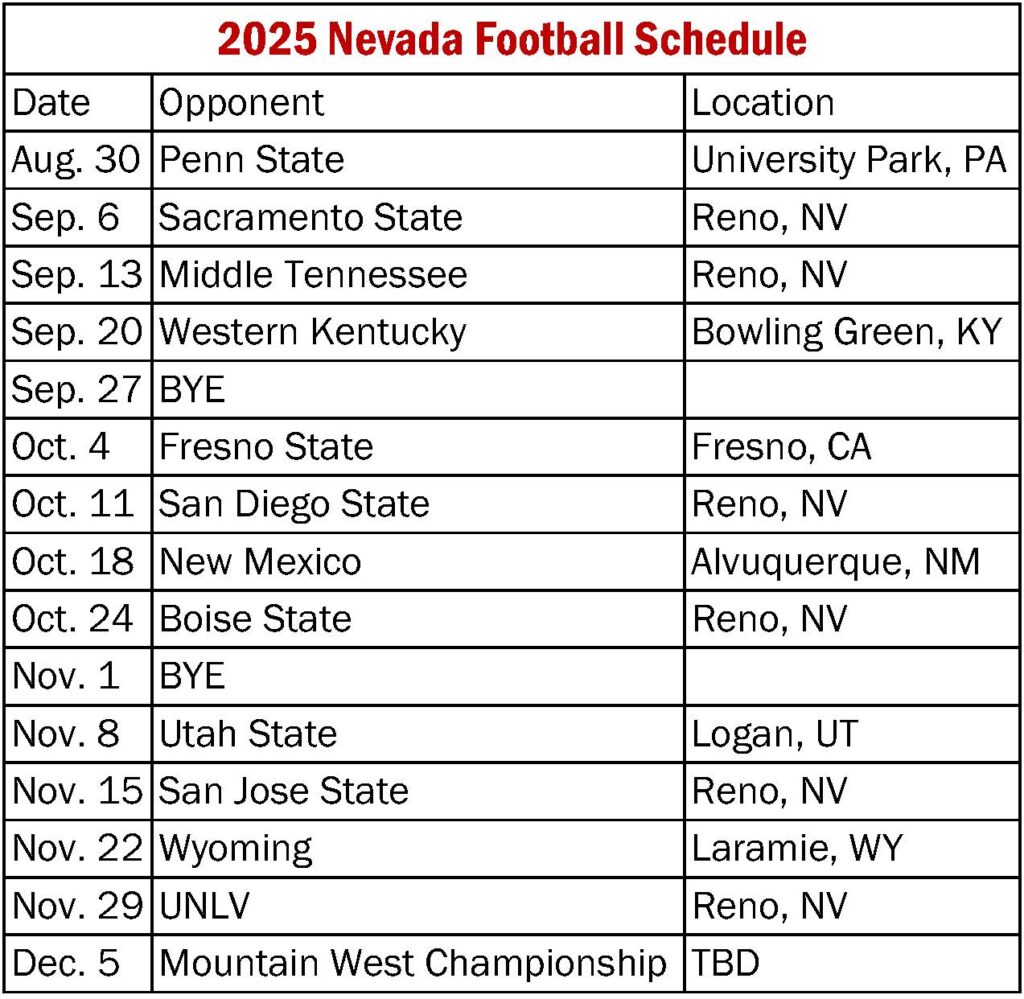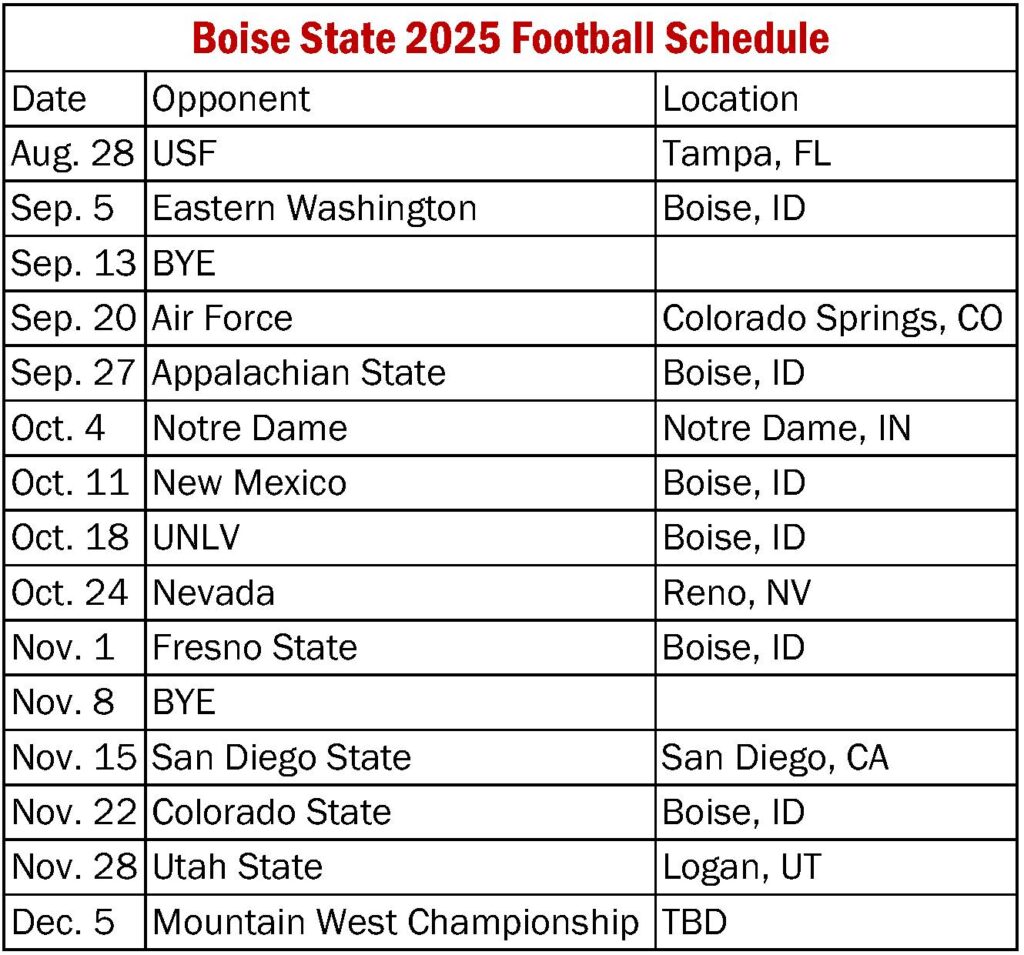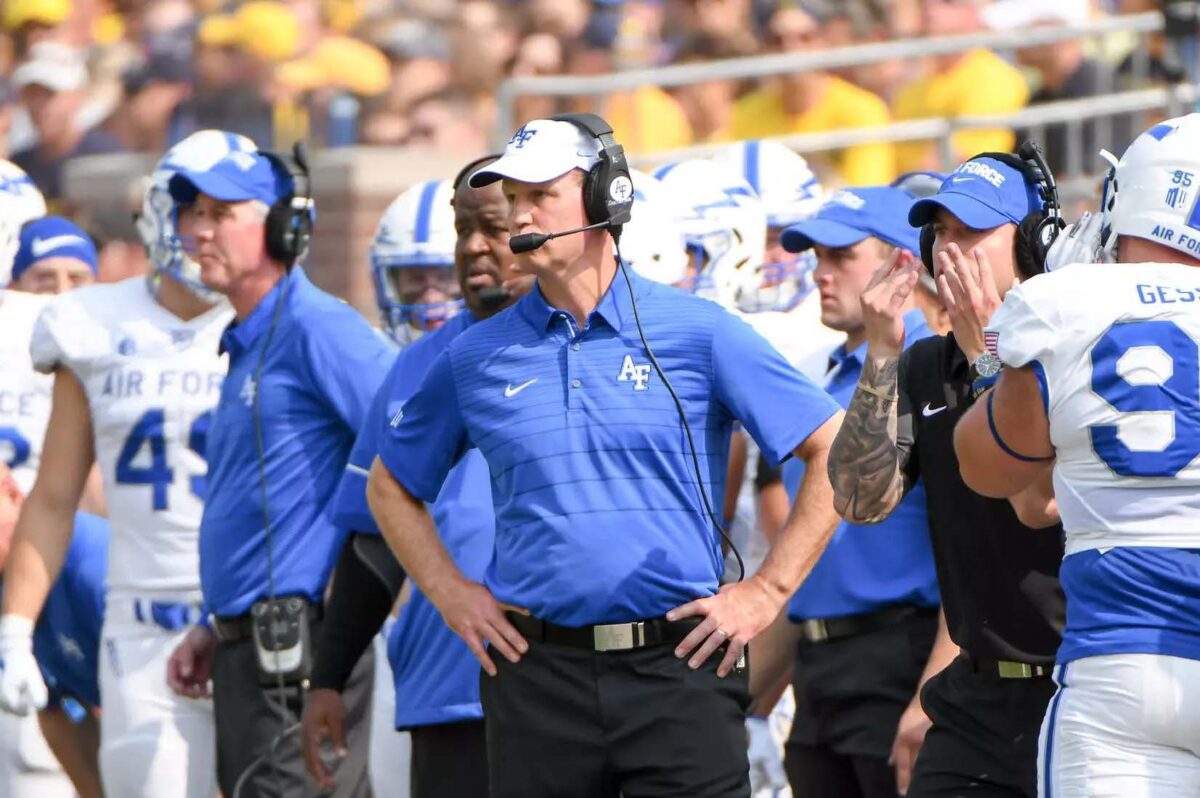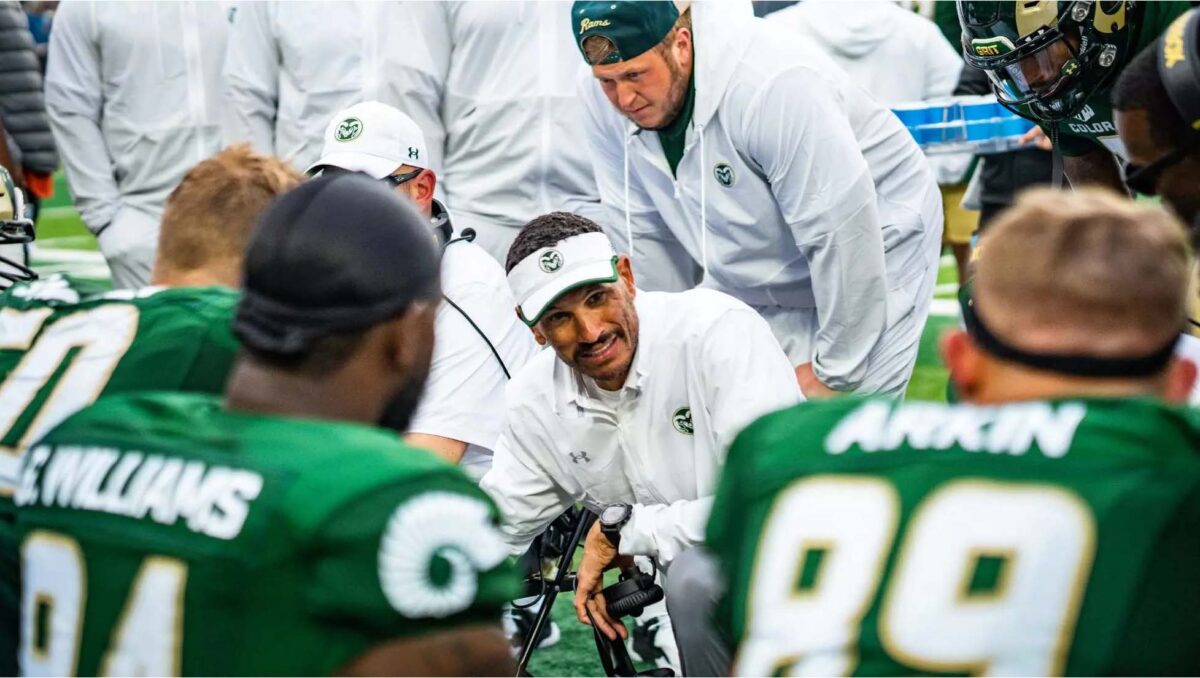Blog Article
Two Coaches, Two Seasons: How Cal vs San Diego State Became A Tale of Opposite Trajectories
Cal coach Justin Wilcox started this season at #15 on our Coaches Hot Seat Rankings. This week, he sits at #41.
Cal supporters were calling for his firing. Eight years of mediocrity had worn thin on a fanbase that remembered the Jeff Tedford glory days. The move to the ACC felt like a desperate attempt to save a program—and a coach—that had lost its way.
Three games into the 2025 season, Wilcox isn’t just off the hot seat.
He’s got Cal positioned as a legitimate ACC championship contender.
The Numbers Don’t Lie
Let’s start with what actually matters: results.
2024 Cal: 6-7 record, including a bowl loss. Mediocre on both sides of the ball.
2025 Cal: 3-0 with statement wins, including a road victory at Oregon State and a home domination of Big Ten’s Minnesota.
But here’s where it gets interesting—the statistical transformation is unprecedented.
The Defensive Revolution:
- Total Defense: 421.4 yards allowed (2024) → 280.0 yards allowed (2025)
- That’s 141+ fewer yards per game—one of the most dramatic single-season improvements in college football
- Rush Defense: 109.8 yards allowed → 82.3 yards allowed (-27.5 yards, -25.0%)
- Pass Defense: 227.6 yards allowed → 197.7 yards allowed (-29.9 yards, -13.1%)
The Offensive Evolution:
- Scoring: 23.2 ppg → 24.3 ppg
- Total Offense: 380.1 yards → 387.7 yards
- Passing: 258.6 yards → 269.0 yards (+10.4 yards)
This isn’t a marginal improvement. This is a systematic transformation.
The Schedule That Changes Everything
Here’s where Wilcox caught lightning in a bottle: Cal’s ACC scheduling rotation.
Teams Cal AVOIDS in 2025: Clemson, Miami, Florida State, Georgia Tech, NC State, Pittsburgh, Syracuse, Wake Forest.
Teams Cal PLAYS in ACC action:
- @ Boston College
- vs Duke (ACC home opener)
- vs North Carolina (Bill Belichick’s debut season)
- @ Virginia Tech
- vs Virginia
- @ Louisville (their toughest road test)
- @ Stanford (Big Game rivalry)
- vs SMU (potential title game preview)
Look at that list again.
Cal avoided every single ACC powerhouse except SMU—and they get the Mustangs at home in the regular season finale.
The Hot Seat Parallel That Should Terrify Sean Lewis
While Wilcox has engineered one of the most dramatic coaching turnarounds in recent memory, his Week 4 opponent represents the opposite trajectory.
Sean Lewis at San Diego State:
- Started at #41 on our Hot Seat Rankings
- Now sitting at #17 and climbing
- His “AztecFAST” offense has somehow gotten WORSE in Year 2
The Numbers:
- 2024 SDSU: 19.5 points per game (terrible)
- 2025 SDSU: 15.5 points per game (historically bad)
- Point Differential: -8.3 (2024) → -3.0 (2025)*
*Only improved because their defense got dramatically better while the offense cratered
The Fan Revolt: Season ticket sales down 33%. The program handed out 4,000 free tickets to get bodies in seats for Cal’s visit. Lewis is exhibiting all the warning signs of a coach about to be fired mid-season.
Saturday’s Matchup: Cal (24.3 ppg, elite defense) vs SDSU (15.5 ppg, historically bad offense)
This should be a statement win that propels Cal toward ACC title contention.
The Path to Charlotte
Here’s the reality that nobody wants to talk about: Cal has a legitimate path to the ACC Championship Game.
The New Format: No divisions. The two teams with the best ACC conference records play for the title.
Cal’s Realistic Projection:
- Likely Wins (5 games): Boston College, Duke, Virginia Tech, Virginia, Stanford
- Toss-ups (2 games): North Carolina (Belichick’s first year chaos), Louisville (road)
- Statement Game (1 game): SMU at home in finale
Path to 7-1 in ACC play: Beat the teams you should beat, split the toss-ups, and upset SMU at home.
Path to 6-2 in ACC play: Same as above, but lose one of the “sure things.”
Either record likely gets Cal to Charlotte.
The Transformation Timeline
- January 2025: Cal supporters want Wilcox fired
- March 2025: Wilcox at #15 on Hot Seat Rankings
- September 2025: Cal 3-0 with the most improved defense in college football
- December 2025: Playing for an ACC Championship?
This is what great coaching looks like when everything clicks.
Wilcox didn’t just make cosmetic changes. He fundamentally transformed the identity of his program. The defense that was giving up 421+ yards per game in 2024 is now allowing just 280 yards in 2025—that’s the kind of year-over-year improvement that typically takes multiple recruiting cycles and scheme overhauls.
The Foster Parallel
Remember our piece on DeShaun Foster’s situation at UCLA? The parallels between Foster’s final days and Sean Lewis’s current predicament at San Diego State are striking:
- Initial optimism followed by spectacular failure
- Gimmicky offensive systems that don’t work
- Fan revolts and administrative pressure
- Players transferring out
But Wilcox represents the opposite trajectory.
Sometimes a coach on the hot seat doesn’t need to be fired—he needs to be challenged. The move to the ACC, the pressure from fans, the make-or-break moment seemed to unlock something in Wilcox that eight years at Cal hadn’t revealed.
The Bottom Line
Justin Wilcox started 2025 fighting for his job.
He might end it fighting for a conference championship.
The statistical improvements aren’t flukes. The schedule isn’t luck—it’s opportunity. The wins aren’t accidents—they’re the result of systematic program transformation.
Cal’s defense has improved by 141 yards per game. Their offense is more efficient. Their quarterback play is steady. Their coaching is sharp.
Most importantly, they avoid Clemson, Miami, and the ACC’s elite tier while getting most of their challenging games at home.
Prediction: Cal goes 6-2 or 7-1 in ACC play and plays for the conference championship.
Hot Seat Status: Wilcox isn’t just off our rankings—he’s building a program that could compete at the highest level for years to come.
Sometimes, the coach everyone wants fired is exactly the coach who needed the proper support and circumstances to succeed.
Justin Wilcox just found his.

